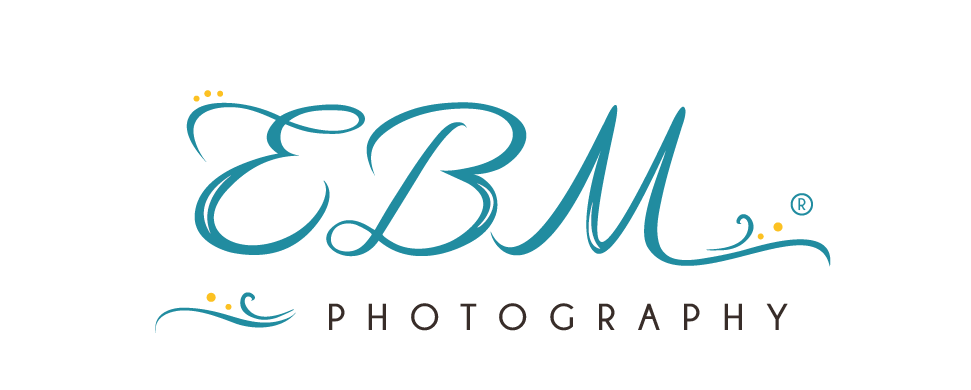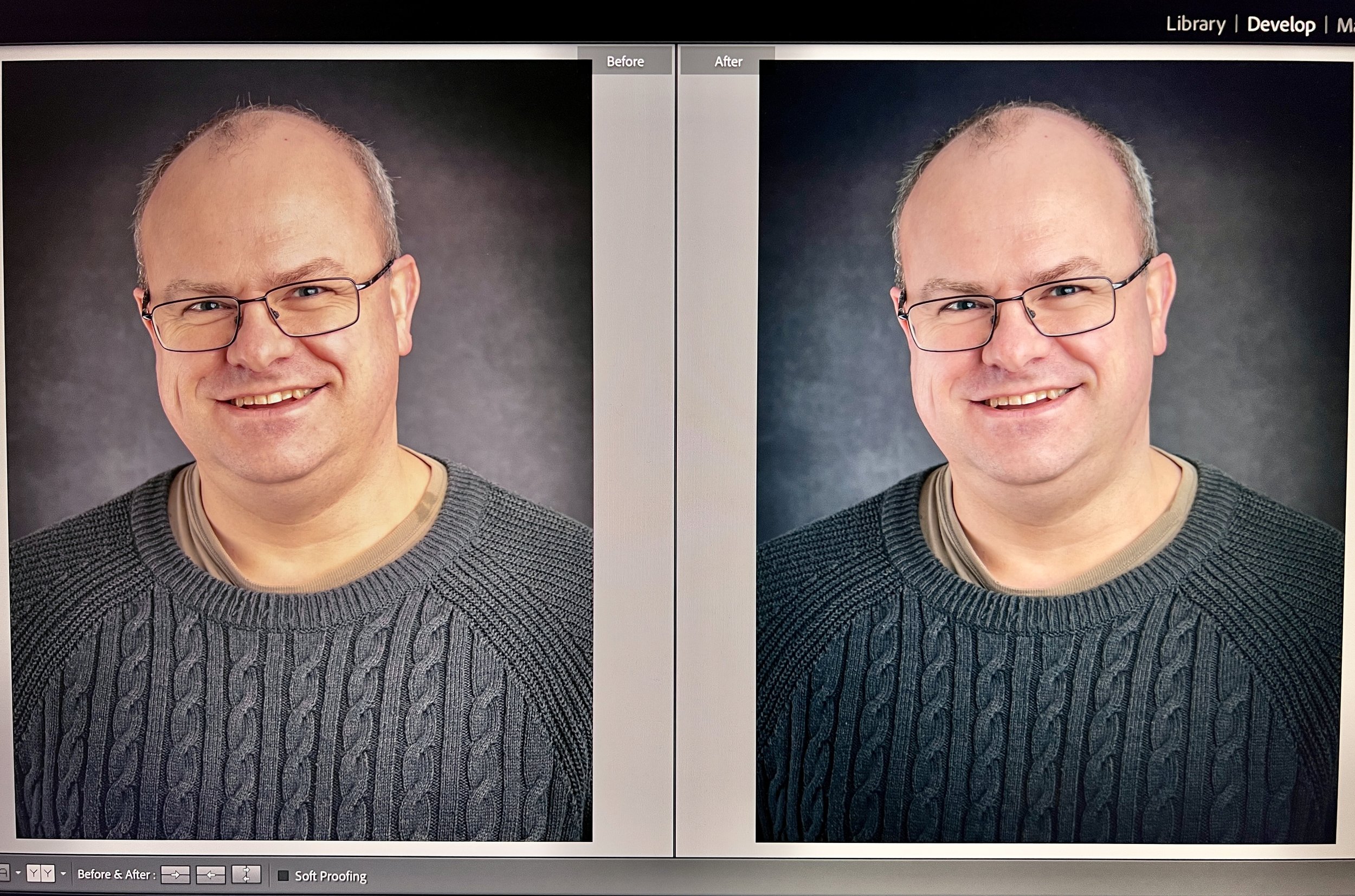Understanding Common photographic terms
If you’ve recently started discussing a photoshoot with a photographer or you’re still on the hunt for the perfect photographer for your brand shoot, you’ve more than likely come across several different terms and expressions that you’ve never heard of before.
To make things more understandable here’s some jargon busting information for you:
Raw Files
Raw files are photos that have not yet been processed. Most professional photographers only ever shoot RAW so that they can alter their photos later on. Most photographers will also be reluctant to give raw files to customers since it could result in their photos being altered by someone who isn’t familiar with editing processes and techniques. I liken it to going out for dinner in a restaurant…you wouldn’t go and ask the chef for the RAW ingredients of the meal, you want to have the finished meal, prepared and cooked to perfection (AKA edited)!
Reprint Permissions
Sharing a photographer’s photos online or in the media will usually require reprint permission. This ensures that a photographer knows where their photos will be showcased, and what they will be used for. If you purchase images from a portrait shoot, these will often be for personal use only. You will need to have permission from the photographer to use them for businesses or advertising purposes. A personal brand shoot though would come with permission to use the images for your businesses.
Copyright
A photograph comes with automatic copyright, which belongs to the photographer who shot them, and (technically) the photographer can use them as they see fit. For example, they are allowed to use your photos in their portfolio. However with GDPR regulations, the photographer should always ask permission before using them. It also means that as the end user you are not permitted to alter the images without consent from the photographer.
Straight Out of the Camera
When photos are straight out of the camera, it means that they have been through very little editing and processing.
Suggested Shot List
When planning a brand shoot, you should have in mind some ideas of what shots you might like to include. Use Pinterest to create a board of images that you like (or don’t like) so your photographer has an idea where to start. Although they won’t copy the images, they can use them as inspiration for something bespoke to your business.
Style
Photography style is another term that will usually pop up during your conversation with your photographer. Some common photography styles include classic, lifestyle, documentary, creative and artistic. You should ask to see some previous images by the photographer, or check out their social profiles or website portfolio, to make sure their style fits with your preference and business.
Remember, your photographer is there to make this a fun and pleasant experience for you, not to blind you with technical babble. If there are certain terms that you’re unsure about, ask away. Your photographer will be more than happy to explain the entire process to you.
If you’d like to find out more about brand photography and how it can help your business, book in for a free zoom chat with me via the link below.


